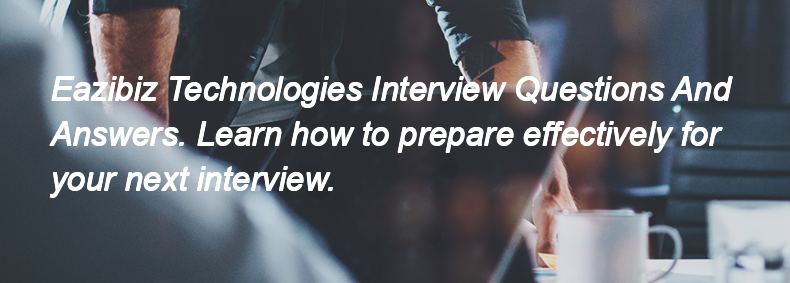Ques:- What is the difference between a user story, a task, and an epic in Agile
Asked In :-
Vinove Software & Services Pvt Ltd, Object Frontier Software, Netaxis IT Solutions (p), Queppelin Technology Solutions, Walkover Web Solutions, STIC SOFT E-SOLUTIONS, Chegg India, Indocosmo Systems, Priya Softweb Solutions, Spadeworx Software Services,
Right Answer:
* **Epic:** A large, high-level user story that is too big to complete in a single iteration. It's usually broken down into smaller user stories.
* **User Story:** A small, self-contained requirement that represents a valuable piece of functionality for the end-user. It follows the format: "As a [user type], I want [goal] so that [benefit]".
* **Task:** A small, actionable item that needs to be done to complete a user story. It's a technical breakdown of the work required by the development team.
* **Epic:** A large, high-level user story that is too big to complete in a single iteration. It's usually broken down into smaller user stories.
* **User Story:** A small, self-contained requirement that represents a valuable piece of functionality for the end-user. It follows the format: "As a [user type], I want [goal] so that [benefit]".
* **Task:** A small, actionable item that needs to be done to complete a user story. It's a technical breakdown of the work required by the development team.

